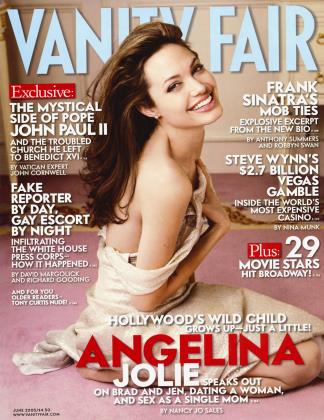Sign In to Your Account
Subscribers have complete access to the archive.
Sign In Not a Subscriber?Join NowPortraits, cityscapes, nudes, nature—for almost half a century, Lee Friedlander has brought his witty, skeptical, investigative eye to every aspect of the American scene, capturing the divide between expectation and reality. As the Museum of Modern Art opens what is perhaps its largest-ever one-man photography exhibition, VICKI GOLDBERG explores the quirky, unexpected power of Friedlander's perceptions
June 2005 Vicki GoldbergPortraits, cityscapes, nudes, nature—for almost half a century, Lee Friedlander has brought his witty, skeptical, investigative eye to every aspect of the American scene, capturing the divide between expectation and reality. As the Museum of Modern Art opens what is perhaps its largest-ever one-man photography exhibition, VICKI GOLDBERG explores the quirky, unexpected power of Friedlander's perceptions
June 2005 Vicki Goldberg View Full Issue
View Full Issue






Subscribers have complete access to the archive.
Sign In Not a Subscriber?Join Now